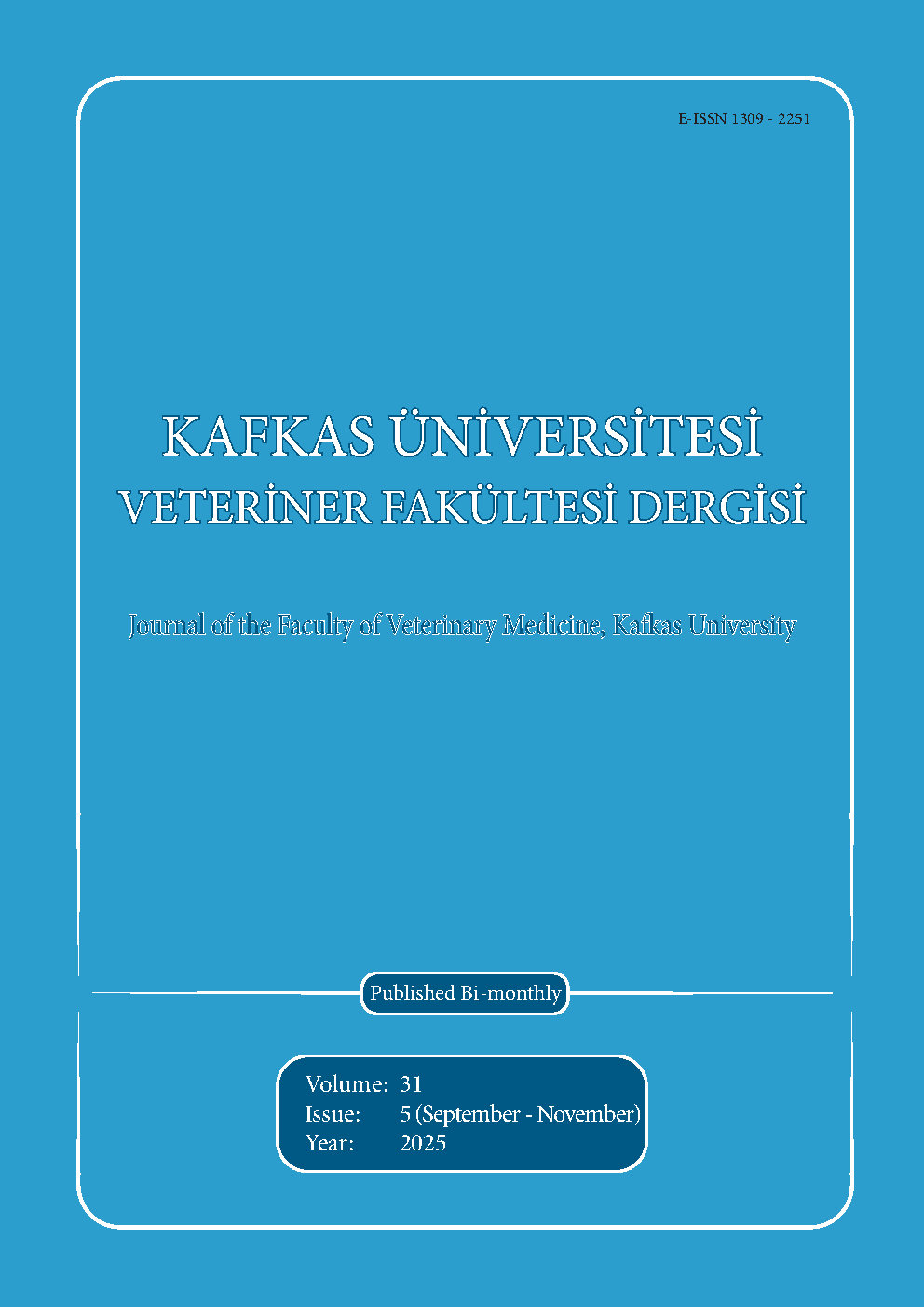
This journal is licensed under a Creative Commons Attribution-NonCommercial 4.0 International License
Kafkas Üniversitesi Veteriner Fakültesi Dergisi
2025 , Vol 31 , Issue 5
Ecotoxicological Consequences of Heavy Metals on Emperor Fish (Lethrinus) Species in the Red Sea: Histopathology and Biochemistry
1Department of Environmental Sciences, College of Science, University of Jeddah, P.O. Box 80237, Jeddah 21589, SAUDI ARABIA2Department of Biological Sciences, College of Science, University of Jeddah, P.O. Box 80237, Jeddah 21589, SAUDI ARABIA DOI : 10.9775/kvfd.2025.34770 Heavy metal (HMs) contamination in marine environments is a global concern, affecting fish health and seafood safety. This study examined the effects of HMs on 90 emperor fish from the Red Sea, focusing on metal levels in water and fish liver, blood parameters, and liver histopathology. Using inductively coupled plasma mass spectrometry, different levels of heavy metals were detected. While some metals, such as Pb, Cu, and Zn, were undetectable in seawater from both northern and southern regions, Ni, Fe, and Mn were higher in the north. As a result, compared to the South area, fish from the North showed a significant increase in serum hepatic enzymes, with ALT, AST, ALP, and GGT elevated by 27.3%, 36.9%, 11.6%, and 35.4%, respectively. Bilirubin levels were 20.5% higher in the North, indicating liver dysfunction. This matches liver histology findings, where the North area had a mean liver damage score of 2.0, indicating moderate hepatocellular degeneration, congestion, and prominent melanomacrophage centers. Conversely, the South area had a lower mean liver damage score of 0.5, reflecting mostly normal or mild changes and relatively intact liver structure. The study concludes that HMs poisoning significantly harms fish in the north, emphasizing the importance of biochemical and histopathological markers in assessing marine pollution and its risks to both environmental health and food safety. Keywords : Biomarker"s analysis, Fish, Food safety, Heavy metals, Environmental pollution, Histological techniques, Liver










